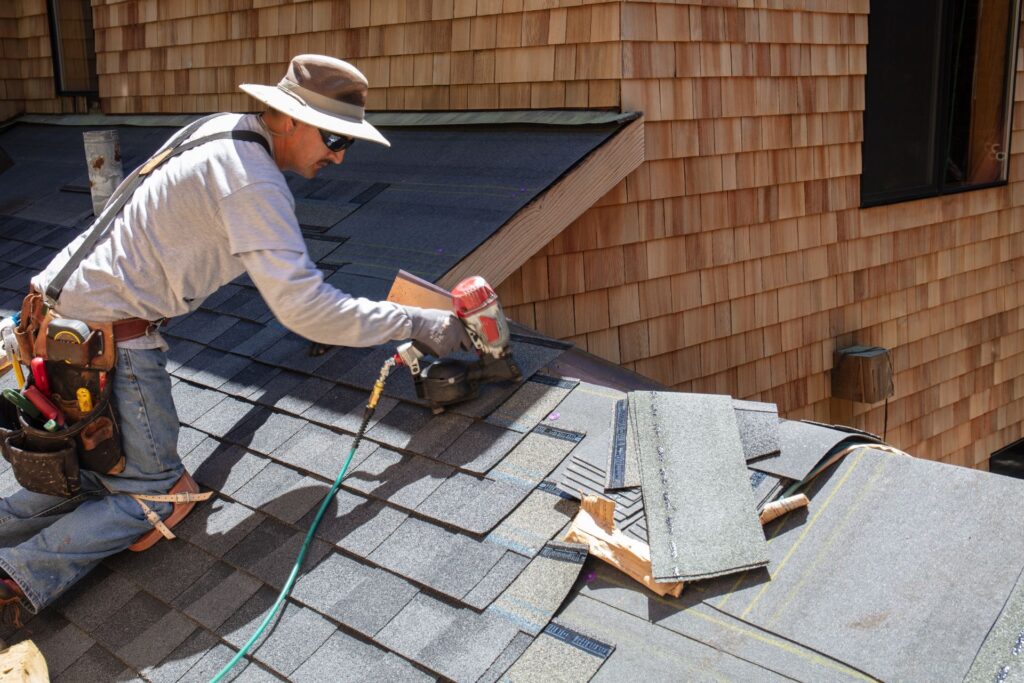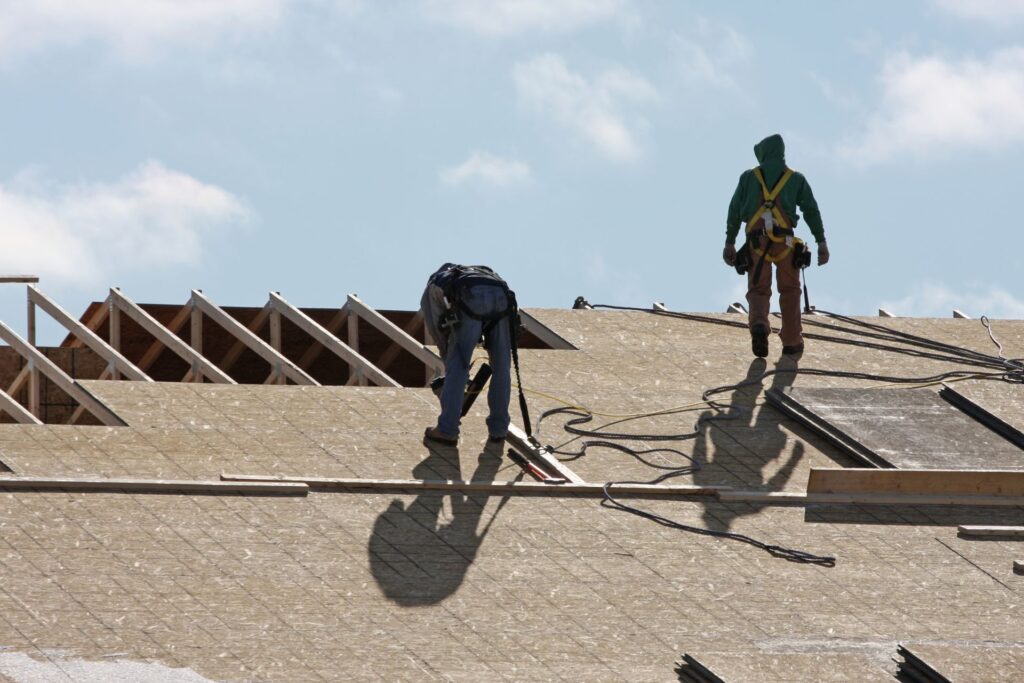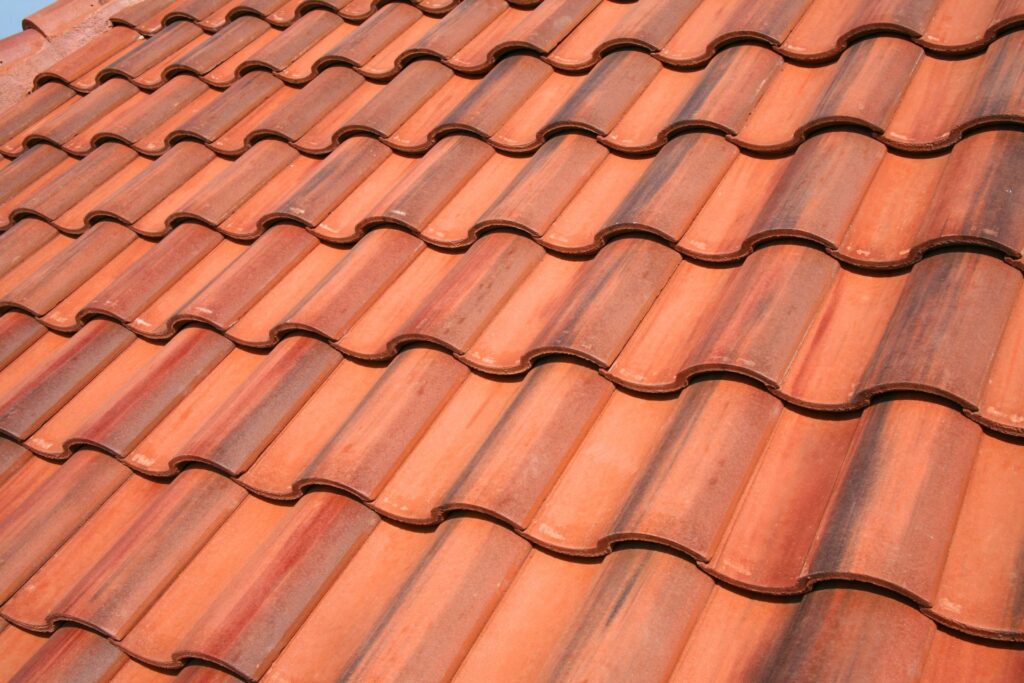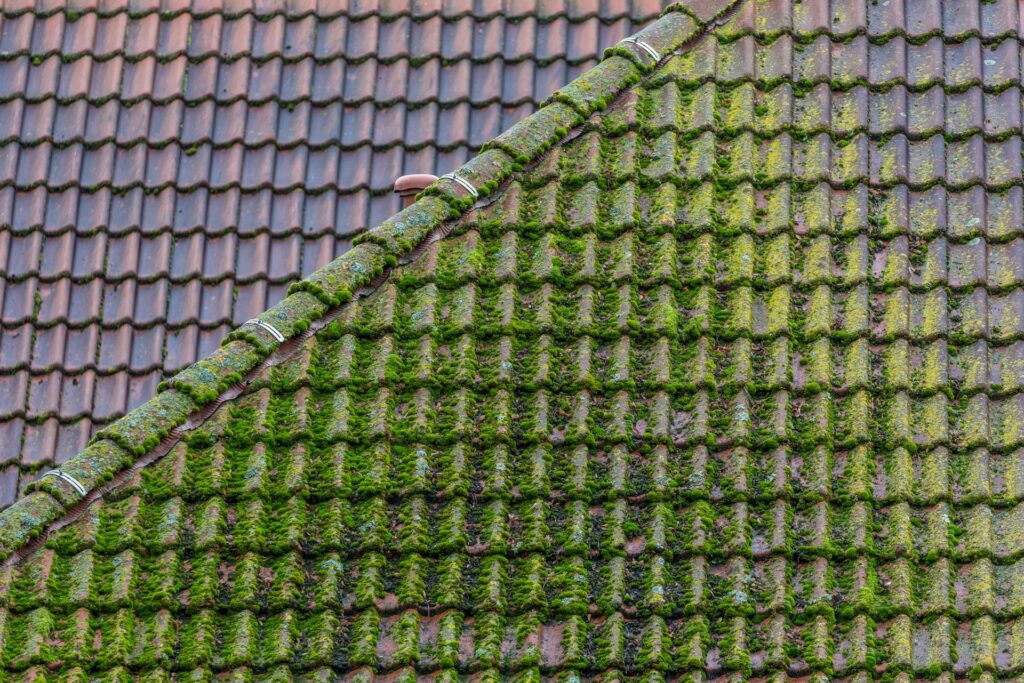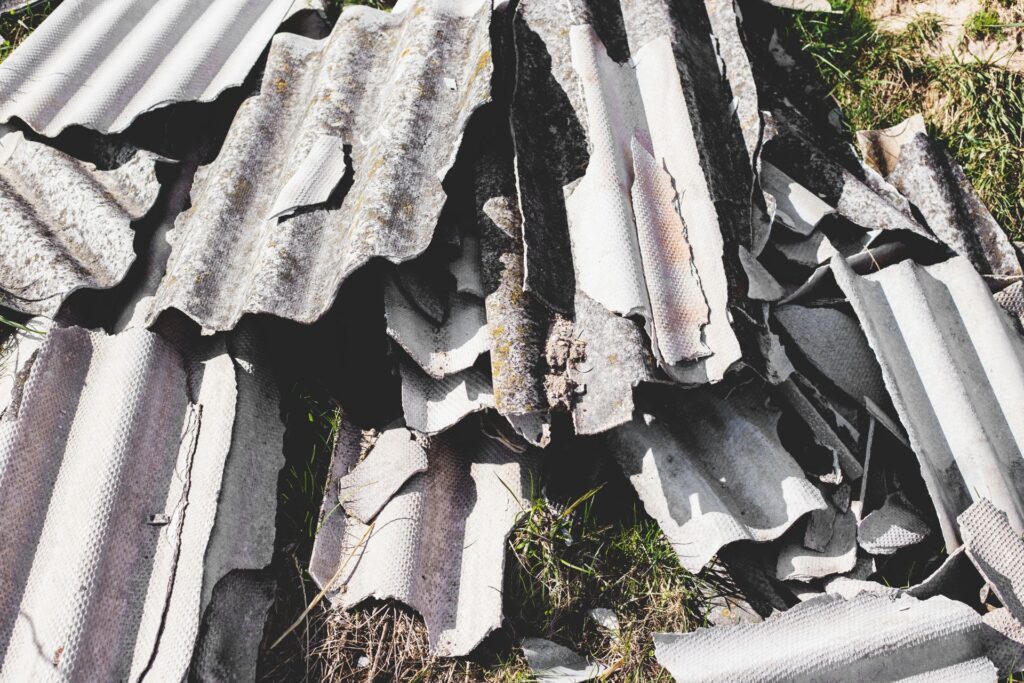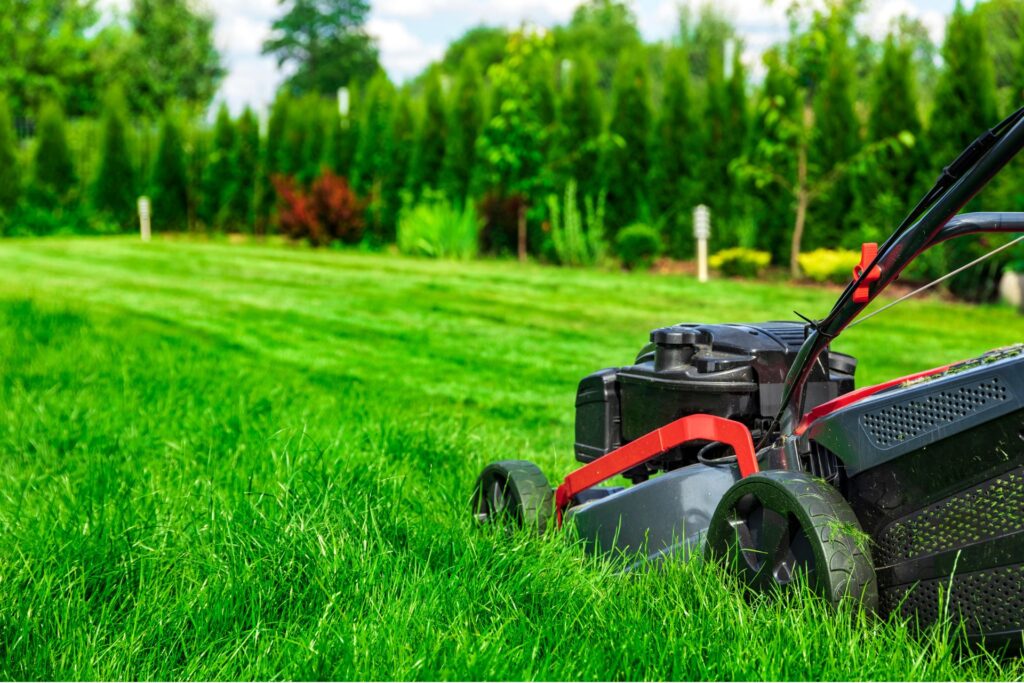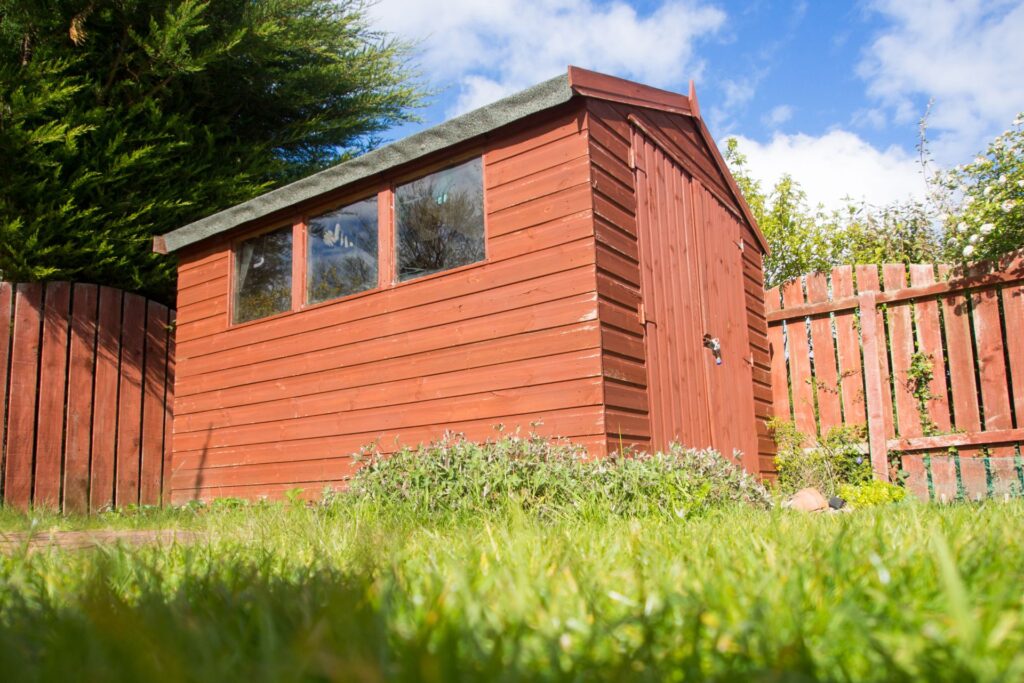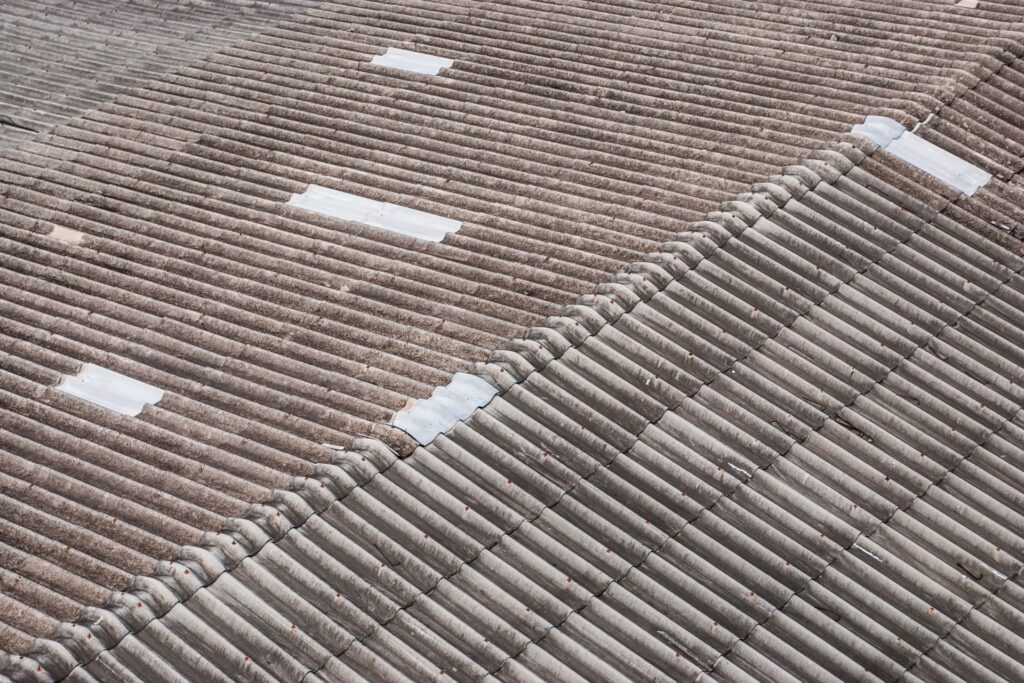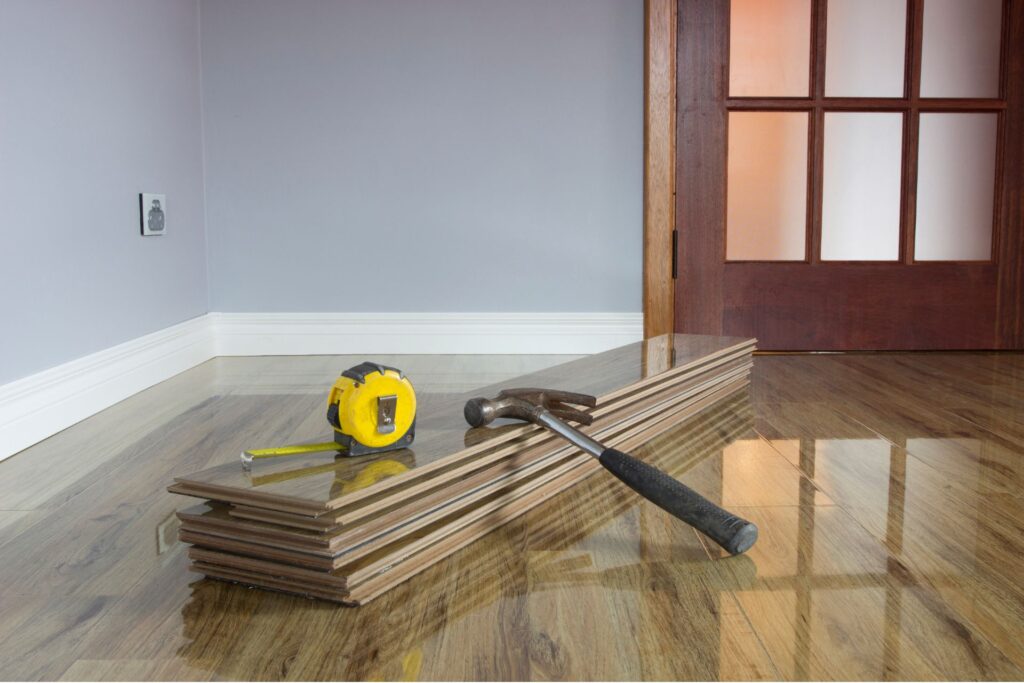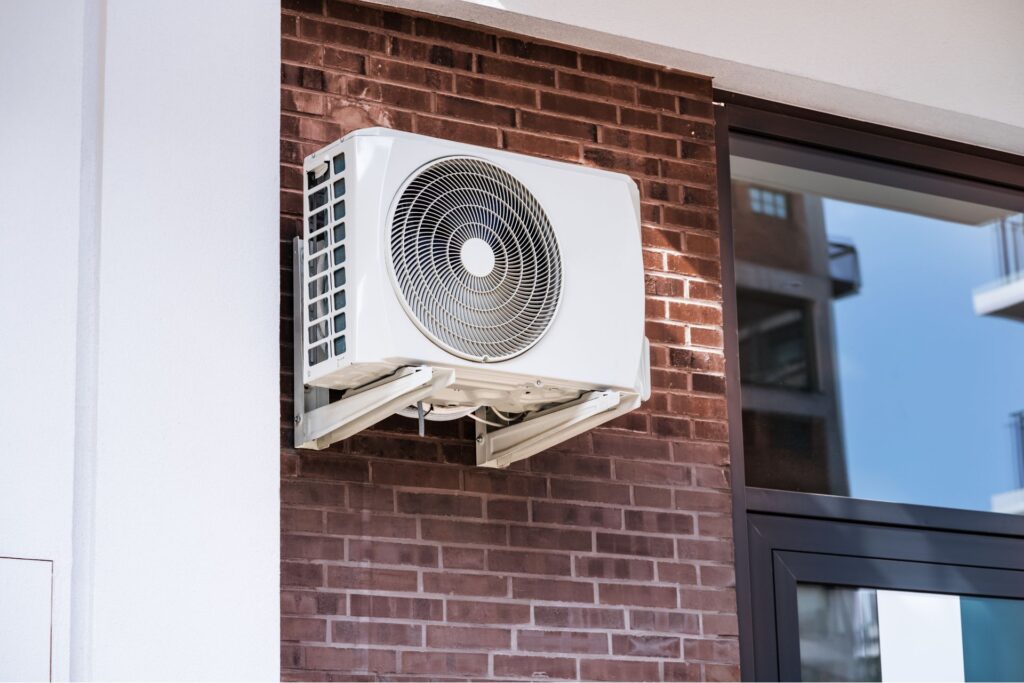Welcome to your ultimate guide on how to clean gutters in NZ, a must-read for every homeowner looking to prevent costly water damage and maintain their property. With New Zealand’s unpredictable weather, from heavy rain to strong winds, gutters can quickly fill with leaves, dirt, and debris, leading to blockages that cause leaks, structural damage, and even pest infestations. Regular gutter cleaning is essential to protect your home, improve drainage, and extend the lifespan of your roof. Whether you’re tackling the job yourself or considering hiring a professional, this guide will walk you through why gutter maintenance matters, what tools you need, a step-by-step cleaning process, and preventative measures to keep them clear for longer. By the end, you’ll have the confidence and know-how to keep your gutters in top shape all year round.
To clean gutters in NZ, start by removing large debris using gloves and a scoop. Flush the gutters with a garden hose to clear smaller particles and check for blockages in the downspout. Scrub away moss and mould using a soft brush and mild detergent. Inspect for leaks or damage and make necessary repairs. For long-term maintenance, install gutter guards, trim overhanging branches, and schedule regular cleanings twice a year, especially after autumn and spring.
- Why Cleaning Your Gutters Is Essential In New Zealand
- Tools & Safety Equipment You’ll Need For Gutter Cleaning In NZ
- Step-By-Step Guide To Cleaning Gutters In NZ
- Preventative Maintenance: Keeping Your Gutters Clean Longer
- When To Call A Professional For Gutter Cleaning In NZ
- FAQs: About How To Clean Gutters NZ
- Conclusion
- Find A Professional Roofing Company Near You!
Why Cleaning Your Gutters Is Essential In New Zealand
Gutter maintenance is one of those household tasks that’s easy to overlook—until a problem arises. In New Zealand, where the weather can be unpredictable and harsh, keeping your gutters clean is crucial for protecting your home from potential water damage, structural issues, and even pest infestations. Whether you live in a bustling city or a rural area surrounded by native bush, understanding why gutter cleaning is essential will help you prevent costly repairs and keep your home in top condition.
NZ’s Weather & Gutter Maintenance Needs
New Zealand’s climate presents unique challenges for homeowners when it comes to gutter maintenance. From heavy winter rainfall to strong winds and high humidity, your gutters endure a lot throughout the year. Here’s why regular cleaning is essential in NZ’s weather conditions:
Heavy Rainfall in Winter
New Zealand experiences significant rainfall, especially in the autumn and winter months. If gutters are blocked with leaves, dirt, or moss, they won’t be able to channel rainwater away from your home efficiently. Instead, water can overflow, leading to roof leaks, wall dampness, and foundation damage. Keeping your gutters clear ensures that water flows properly through the downspouts and away from your home, reducing the risk of moisture-related problems.
High Winds Bringing Leaves & Debris
Many regions in NZ, particularly coastal and hilltop areas, experience strong winds that carry leaves, twigs, and dust. Even if you don’t have trees close to your house, windblown debris can accumulate in your gutters over time. If left unchecked, this buildup forms dense clogs that block water flow, increasing the chances of overflow and water damage.
Moss and Lichen Growth Due to Humidity
New Zealand’s high humidity, especially in damp regions like the West Coast and Auckland, creates the perfect conditions for moss, lichen, and algae growth inside gutters. Over time, this can lead to water retention, making it easier for debris to stick and form solid blockages. Moss and lichen can also damage the protective coating of your gutters, leading to corrosion and premature wear. Cleaning your gutters regularly helps prevent this buildup and extends the lifespan of your guttering system.
Consequences of Clogged Gutters
Failing to maintain your gutters doesn’t just lead to minor annoyances—it can result in significant damage to your home. Here are the major risks associated with clogged gutters:
Water Overflow Causing Roof Leaks
When gutters become blocked, rainwater has nowhere to go. Instead of being safely directed away from your home, it overflows and seeps under roof tiles or into fascia boards. This can lead to leaks inside your home, water stains on ceilings, and even mould growth, which poses health risks to your family.
Damage to Foundations and Walls
A properly functioning gutter system ensures that rainwater is directed away from your home’s foundation. However, clogged gutters cause water to spill over the sides, pooling around the base of your home. Over time, this erodes soil, weakens foundations, and can lead to structural cracks or sinking. If your home is built on clay soil, which expands and contracts with moisture, the risk of foundation damage is even greater.
Attraction of Pests Like Rodents and Insects
Still water in blocked gutters creates a perfect breeding ground for mosquitoes, flies, and other insects. Additionally, damp, debris-filled gutters attract rats, mice, and birds looking for shelter and nesting materials. Once pests settle in your gutters, it’s only a matter of time before they find a way inside your roof or walls, leading to further infestations. Regular cleaning eliminates these potential nesting spots and helps keep pests away.
How Often Should You Clean Your Gutters?
The frequency of gutter cleaning depends on your location and surrounding environment. However, in New Zealand, the general recommendation is to clean your gutters at least twice a year:
- Once in autumn, after trees have shed their leaves.
- Once in spring, before heavy winter rains arrive.
If your home is surrounded by trees—especially pohutukawa, pine, or deciduous trees—you may need to clean your gutters every three to four months to prevent rapid buildup. Likewise, if you live in a high-wind area, checking your gutters after storms is a good practice to remove any unexpected debris.
For those who struggle to keep up with regular gutter maintenance, installing gutter guards or mesh covers can help reduce debris buildup. However, even with guards, occasional cleaning is still necessary to prevent fine particles, moss, and dirt from accumulating over time.
Gutter cleaning might not be the most exciting home maintenance task, but it’s one of the most important for protecting your home from water damage, structural issues, and pest problems. With New Zealand’s rain-heavy climate, strong winds, and high humidity, gutters can quickly become clogged if not maintained properly. By cleaning them at least twice a year, you’ll prevent blockages, extend the lifespan of your guttering system, and avoid costly repairs down the line.
Taking a proactive approach to gutter maintenance ensures that rainwater flows where it should—away from your home, not into it. Whether you choose to clean them yourself or hire a professional, regular upkeep will save you time, money, and stress in the long run.
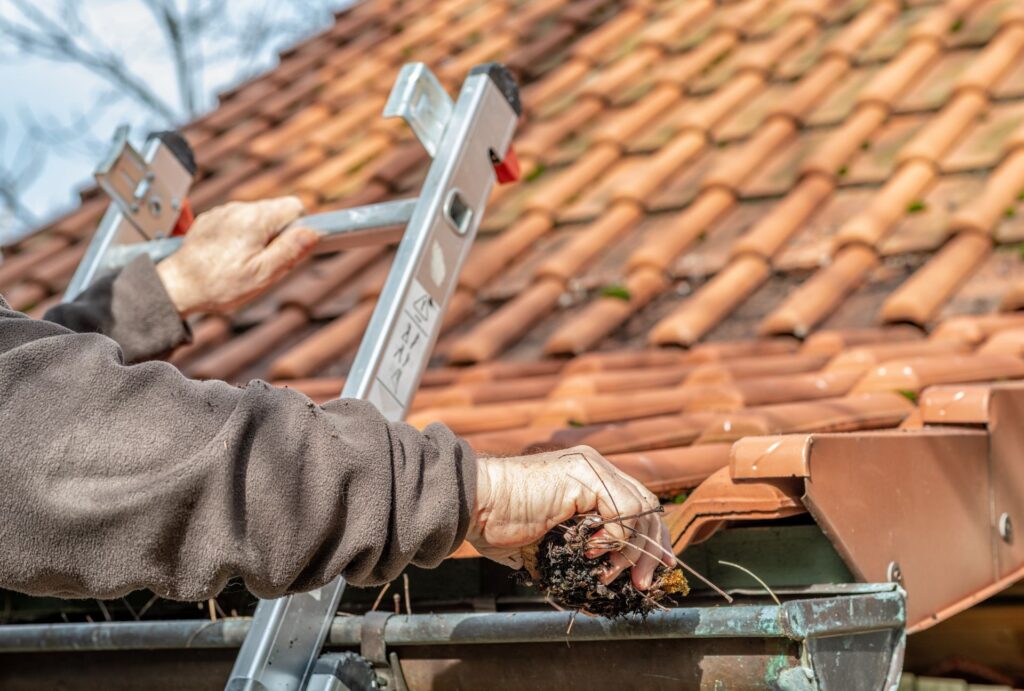
Tools & Safety Equipment You’ll Need For Gutter Cleaning In NZ
Cleaning your gutters isn’t just about scooping out leaves—it requires the right tools and a strong focus on safety to prevent accidents. Many homeowners underestimate the risks involved, but falling from a ladder or dealing with sharp debris can cause serious injuries. Before you get started, it’s important to gather essential cleaning tools and take proper safety precautions to ensure a smooth and hazard-free gutter cleaning session.
Essential Cleaning Tools
Having the right tools makes gutter cleaning easier, faster, and safer. Below are the must-have items for an effective gutter maintenance routine.
Sturdy Ladder (with Stabilizers)
A high-quality, stable ladder is crucial for reaching your gutters safely. A telescopic or extension ladder works best for multi-story homes, while a step ladder may be sufficient for single-story properties. Look for ladders with non-slip feet and stabilizing arms to prevent wobbling. If possible, use a ladder stabilizer or stand-off to rest the ladder securely against the roof rather than the fragile gutter itself.
Pro Tip: Always place the ladder on firm, level ground, and avoid leaning too far to the sides—this is one of the leading causes of ladder-related injuries.
Heavy-Duty Gloves
Gutter debris often contains sharp twigs, nails, roofing material, and decomposed leaves, which can be dirty and hazardous. A pair of thick, waterproof gloves will protect your hands from cuts, bacteria, and pests like spiders or rodents that may be hiding in the debris. Rubber-coated gloves offer excellent grip and durability.
Gutter Scoop or Small Trowel
A gutter scoop or hand trowel helps remove compact debris, sludge, and leaves with ease. Some scoops are specially designed to fit standard gutter widths, making them more efficient than using your hands alone. If you don’t have a gutter scoop, an old plastic kitchen spatula can also do the trick.
Alternative Option: If you prefer a hands-free approach, consider using a gutter cleaning vacuum attachment or a telescopic pole with a scoop attachment to reach gutters without climbing a ladder.
Bucket or Garbage Bag for Debris Collection
Instead of throwing debris onto the ground, use a sturdy bucket or garbage bag to collect leaves and dirt. A bucket with a handle hook that can attach to the ladder will free up your hands, making the job more manageable. If composting is an option, organic gutter waste can be reused for your garden.
Garden Hose or Pressure Washer
Once the bulk of the debris is removed, flushing the gutters with a garden hose or pressure washer will help clear out fine particles, dirt, and small obstructions. A hose with an adjustable nozzle is ideal for controlling water pressure, while a pressure washer can be used on a low setting to remove stubborn grime and moss buildup.
Pro Tip: Start rinsing from the farthest end of the gutter, pushing debris toward the downspout. If water pools instead of flowing freely, there may be a clog that needs to be cleared.
Gutter Brush or Soft-Bristle Scrubbing Brush
For gutters covered in moss, mould, or algae, a soft-bristle brush or a gutter-cleaning brush can help scrub away buildup. Using a mild cleaning solution—such as vinegar and water—instead of harsh chemicals can be more eco-friendly and won’t damage your gutters.
Safety First: Gutter Cleaning Safety Tips
Cleaning gutters involves working at heights, handling debris, and using water, so safety should always come first. Taking a few precautions can significantly reduce the risk of falls and injuries.
Ladder Safety Tips
- Place the ladder on solid, level ground to prevent tipping. Avoid soft or uneven surfaces.
- Use a ladder stabilizer to keep the ladder secure and prevent it from damaging the gutters.
- Never overreach! Keep your body between the ladder rails and move the ladder as needed.
- Have a helper nearby to hold the ladder and assist if needed.
- Don’t climb too high—your waist should not be above the top rung of the ladder.
Pro Tip: If your gutters are too high to reach safely, consider using an extendable gutter cleaning tool or hiring a professional gutter cleaning service instead.
Wear Protective Gear
- Gloves: Protect your hands from cuts, bacteria, and insects.
- Eye protection: Wear safety goggles to shield your eyes from debris and dirty water splashes.
- Non-slip shoes: Avoid sandals or slippery footwear—use rubber-soled shoes for better grip.
- Long-sleeved clothing: Protect your arms from scratches and insect bites.
Be Mindful of the Weather
- Never clean gutters in bad weather. Rain makes ladders and roofs slippery, increasing fall risks.
- Avoid windy conditions. Strong gusts can cause instability while on a ladder.
- Choose a dry, cool day. The best time to clean gutters is on a mild, dry day to avoid overheating or dealing with wet, heavy debris.
Having the right tools and safety measures in place is key to a successful and risk-free gutter cleaning experience. By investing in quality equipment and following basic safety practices, you can maintain your gutters efficiently while protecting yourself from accidents. If you’re unsure about ladder work or dealing with severe clogs, it’s always best to call a professional gutter cleaning service to handle the job safely.
Taking a preventative approach to gutter maintenance ensures that your home remains protected from water damage all year round. Keep these tools handy, follow safety protocols, and enjoy clog-free gutters that keep your home in top shape!
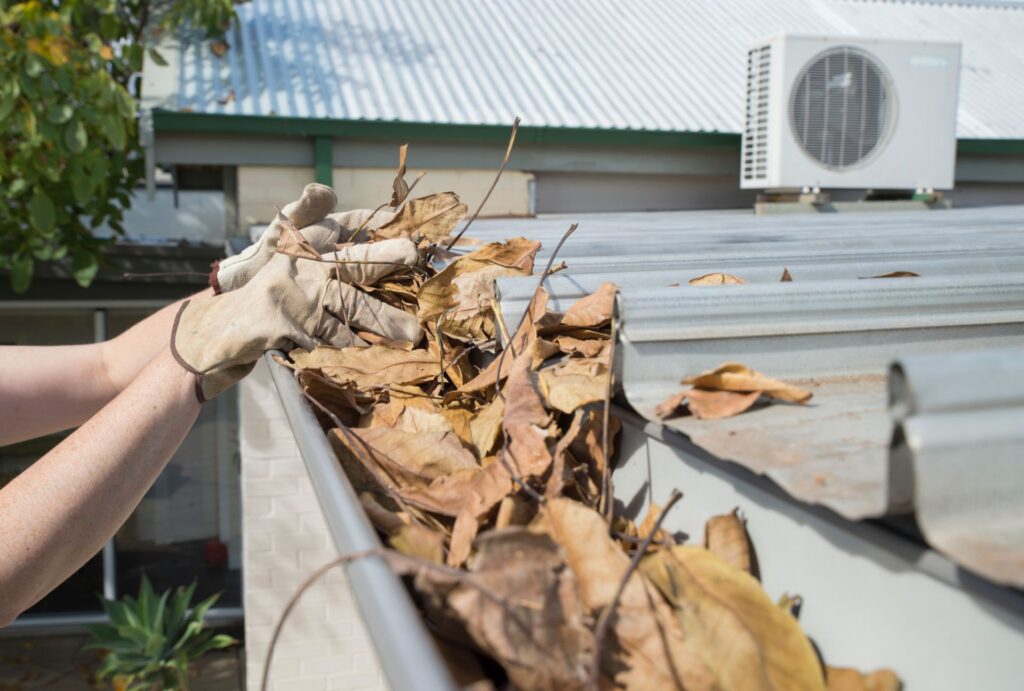
Step-By-Step Guide To Cleaning Gutters In NZ
Keeping your gutters clean is essential for preventing water damage, improving drainage, and maintaining the overall health of your home. With New Zealand’s unpredictable weather, leaves, dirt, and moss can accumulate quickly, leading to clogged gutters that overflow or even cause structural issues. Below is a detailed, step-by-step guide to ensure you clean your gutters safely and effectively.
Step 1: Inspect Your Gutters
Before you start cleaning, it’s crucial to assess the current state of your gutters. This helps you understand the level of debris buildup and spot any potential damage.
- Check for visible blockages and standing water – If you notice water pooling in sections of the gutter, it may indicate a clog or improper drainage.
- Look for signs of damage – Inspect for rust, cracks, sagging sections, or loose brackets. Over time, debris buildup and water weight can weaken the structure of your gutters, leading to potential leaks or detachment from the roof.
- Assess the downspouts – Ensure water is flowing freely and there are no visible blockages at the base.
If your gutters are severely damaged or sagging, you may need repairs before cleaning. Ignoring structural issues can result in costly damage down the line.
Step 2: Remove Large Debris by Hand
Once you’ve inspected your gutters, the next step is to manually remove large debris such as leaves, twigs, and dirt. These materials can quickly clog your gutter system, preventing proper water flow.
- Wear protective gloves – Gutters often contain sharp objects, wet leaves, and even insects, so wearing thick, waterproof gloves is essential.
- Use a gutter scoop or small trowel – This makes it easier to collect leaves and sludge without making a mess.
- Dispose of debris properly – If the materials are organic, consider adding them to your compost bin or garden waste rather than sending them to landfill.
By removing the bulk of the debris first, you make the next steps of the cleaning process much easier and more effective.
Step 3: Flush Gutters with a Hose
After removing large debris, it’s time to flush out smaller dirt particles using a garden hose. This step ensures that no residual buildup is left behind, keeping the gutters clear for proper drainage.
- Start from the end farthest from the downspout – This helps push any remaining debris toward the exit point rather than causing further blockages.
- Use a hose with a spray attachment – A high-pressure setting can help dislodge any stubborn dirt stuck to the gutter walls.
- Watch for water pooling – If water fails to drain properly, there may be a clog in the downspout that needs attention.
This step not only cleans your gutters but also helps identify drainage issues that could lead to future problems if left unaddressed.
Step 4: Check & Clear Downspouts
Your downspouts are responsible for directing rainwater away from your home’s foundation, so they must remain unclogged and fully functional. If you notice water backing up instead of flowing freely, follow these steps to clear the blockage:
- Flush the downspout with a hose – Insert the hose at the top and run water through it to see if the flow is smooth.
- Use a plumber’s snake or drain auger – If water isn’t flowing, feed a plumbing snake through the downspout to break up the clog.
- Try tapping the downspout – Sometimes, gently tapping the sides of the pipe can help dislodge compacted debris.
For downspouts that remain clogged despite these efforts, consider detaching and cleaning them separately before reattaching them to the gutter system.
Step 5: Scrub Away Moss & Mould
New Zealand’s damp climate makes gutters a prime location for moss, algae, and mould growth. Over time, this buildup can not only clog your gutters but also contribute to corrosion and damage. To effectively clean them:
- Use a soft-bristle brush and mild detergent – Scrub the inside of the gutters gently to remove any lingering dirt or moss.
- Try eco-friendly cleaning solutions – A mix of vinegar and water or baking soda and water can break down mould naturally without harming the environment.
- Rinse thoroughly with a hose – Ensure no residue remains after scrubbing.
This step is particularly important in shaded or damp areas where moss tends to grow more aggressively.
Step 6: Inspect & Repair Any Issues
Now that your gutters are clean, do a final inspection to ensure everything is in good condition and functioning properly.
- Look for loose brackets and sagging gutters – Tighten any screws or supports that may have loosened over time.
- Check for leaks – Small holes or cracks can be sealed with waterproof gutter sealant.
- Consider replacing rusted or damaged sections – If you notice severe corrosion, it may be time to replace a section of your gutters before it causes further issues.
Regular inspections and minor repairs help extend the lifespan of your gutter system and prevent more expensive problems down the line.
Cleaning your gutters may not be the most exciting home maintenance task, but it’s an essential one that helps prevent costly water damage, improve drainage, and protect your home’s structure. By following this step-by-step guide, you’ll ensure that your gutters remain in top condition throughout the year.
For long-term maintenance, consider installing gutter guards, trimming overhanging branches, and scheduling regular checks, especially after storms. If your gutters are difficult to reach or severely clogged, don’t hesitate to call a professional gutter cleaning service for assistance.
Keeping your gutters clean is a simple yet powerful way to safeguard your home—so don’t wait until problems arise. Take action today and enjoy a well-maintained, worry-free gutter system!
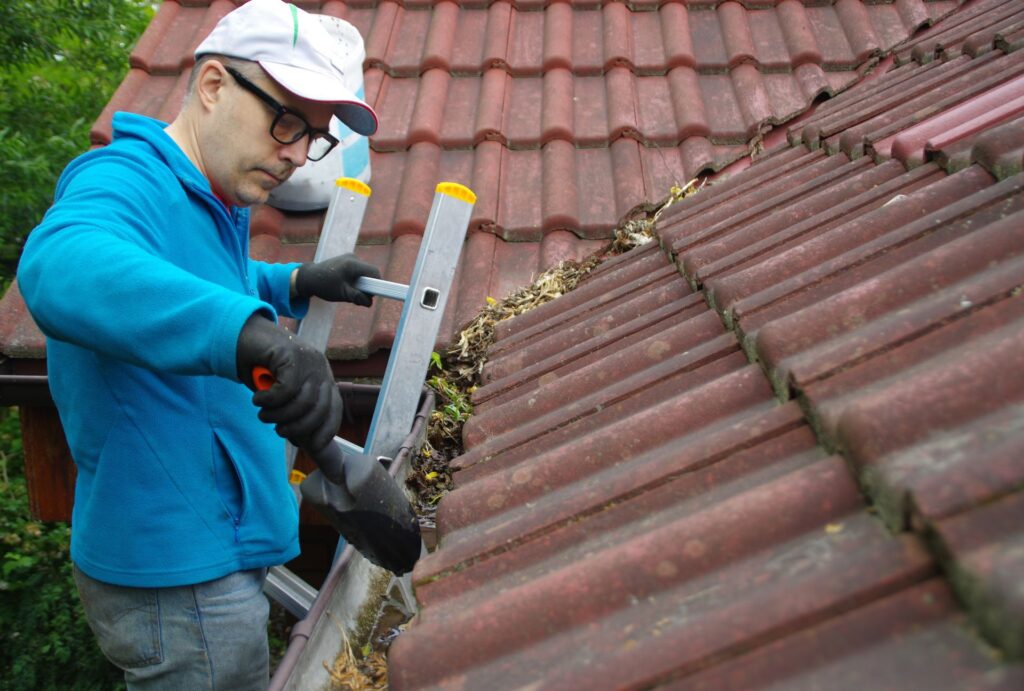
Preventative Maintenance: Keeping Your Gutters Clean Longer
Cleaning your gutters is important, but keeping them clean for longer is even better. Preventative maintenance not only reduces the frequency of manual cleaning but also helps extend the life of your gutters and prevents costly home repairs. Below are four key strategies to keep your gutters clear, functional, and efficient year-round in New Zealand’s changing weather conditions.
Install Gutter Guards: The First Line of Defense
Gutter guards are one of the best investments for minimizing debris buildup and reducing the need for frequent cleaning. These protective barriers come in different forms, including mesh screens, foam inserts, and brush-style guards, all designed to keep out leaves, twigs, and other debris while allowing rainwater to flow through.
Benefits of Gutter Guards:
- Prevents Clogs: Stops leaves and debris from accumulating in the gutter system.
- Reduces Cleaning Frequency: While gutters still need occasional maintenance, guards can cut down cleaning time by 50% or more.
- Extends Gutter Lifespan: Prevents water buildup and rust caused by trapped moisture.
- Deters Pests: Stops birds, rodents, and insects from nesting in your gutters.
Choosing the Right Gutter Guard for Your Home:
- Mesh Screens – Ideal for keeping out small debris and pests, but requires occasional brushing to remove fine particles.
- Foam Inserts – Easy to install and blocks large debris, but may need periodic replacement.
- Brush Gutter Guards – Allows water to flow through easily, but works best in low-debris areas.
For New Zealand homes, mesh screens tend to be the most effective option as they balance durability and maintenance needs, making them suitable for homes in areas with frequent rain and strong winds.
Trim Overhanging Branches: Reduce Leaf Buildup
One of the biggest contributors to gutter blockages is falling leaves and twigs from nearby trees. If you have trees overhanging your roof, trimming them back can drastically reduce the amount of debris that ends up in your gutters.
How Tree Branches Affect Your Gutters:
- Increased Leaf Accumulation: More leaves in your gutters mean more frequent clogs.
- Gutter Damage: Branches that scrape against the roof and gutters cause wear and tear over time.
- Pest Problems: Overhanging branches provide easy access for birds, rodents, and insects to nest in your gutters.
How to Trim Trees for Better Gutter Protection:
- Cut branches so they are at least 2-3 meters away from your roof.
- Regularly prune fast-growing trees such as willows and poplars.
- Hire an arborist for tall trees to avoid damaging the tree or your home.
By trimming trees seasonally, you prevent excessive leaf buildup while keeping your roof and gutters in better condition year-round.
Regular Checks After Storms: Clear Debris Quickly
New Zealand’s stormy weather can wreak havoc on your gutters, bringing down leaves, dirt, and even small branches that quickly lead to blockages. After heavy rain, strong winds, or a storm, it’s crucial to inspect and clear your gutters as soon as possible to prevent water damage, leaks, and structural issues.
Why Post-Storm Gutter Checks Are Essential:
- Prevents Water Overflow: Clogged gutters after a storm trap rainwater, leading to roof leaks and foundation damage.
- Reduces Long-Term Damage: Leaves and debris left sitting in gutters can cause mould, rust, and sagging.
- Identifies Gutter Damage Early: Storms can loosen brackets or create cracks, so checking early prevents bigger repairs later.
How to Inspect Your Gutters After a Storm:
- Walk around your property and look for overflowing or sagging gutters.
- Check downspouts to ensure water is flowing freely and isn’t clogged.
- Use a ladder to remove larger debris like twigs or trapped leaves.
- Flush gutters with water to remove any small particles and test the drainage system.
Even a quick 10-minute inspection after a storm can save you thousands in repairs and keep your gutters functioning properly.
Ensure Proper Downspout Drainage: Direct Water Away from Your Home
Even if your gutters are clean and clear, poor downspout drainage can lead to serious water damage around your home. If rainwater isn’t properly directed away, it can pool around your foundation, weaken structures, and even flood basements or crawl spaces.
How to Improve Downspout Drainage:
- Extend Downspouts: Attach a downspout extender or drainage pipe to direct water at least 1.5–2 meters away from your home.
- Use Splash Blocks: Place splash blocks at the base of downspouts to prevent soil erosion.
- Check for Clogs: If water isn’t flowing freely, remove blockages using a hose or plumber’s snake.
- Angle Downspouts Correctly: Ensure your downspouts slope downward to prevent pooling.
If your property is prone to heavy rainfall and flooding, consider installing a rainwater collection system to redirect excess water for gardening or drain it safely into a stormwater system.
By following these preventative maintenance tips, you can significantly reduce gutter blockages, prevent costly repairs, and extend the lifespan of your gutters. Installing gutter guards, trimming trees, inspecting after storms, and ensuring proper drainage all contribute to a more efficient, low-maintenance system that protects your home year-round.
Taking small, proactive steps today will save you time, effort, and money in the long run—keeping your home safe from leaks, structural damage, and unexpected repair costs.

When To Call A Professional For Gutter Cleaning In NZ
While DIY gutter cleaning can be a cost-effective way to maintain your home, there are times when calling in a professional is the safest and most practical choice. Whether it’s due to safety concerns, severe blockages, lack of time, or the need for specialized tools, hiring an expert ensures the job is done efficiently and correctly. Below, we’ll break down the key reasons to consider professional gutter cleaning services in New Zealand, along with a general cost overview.
When Gutters Are Too High to Safely Reach
One of the biggest risks of cleaning gutters yourself is working at height, especially if your home has multiple stories. Standard household ladders often aren’t tall enough to reach second-story gutters safely, increasing the risk of falls and injuries. Even for single-story homes, balancing on a ladder while scooping out debris can be hazardous, particularly for those who aren’t used to working at heights.
Professional gutter cleaners come equipped with specialized ladders, safety harnesses, and stabilizing equipment to handle high or hard-to-reach gutters safely. They are trained to navigate steep roofs and tricky angles, reducing the chances of accidents. If you feel uneasy about climbing a ladder or don’t have the right equipment, hiring a professional is the best way to ensure your safety.
If There Are Severe Blockages or Damage
Gutters that haven’t been cleaned for an extended period can develop severe blockages due to built-up leaves, dirt, moss, and even bird nests. These clogs prevent water from flowing properly, leading to overflowing gutters, roof leaks, and potential water damage to your home’s foundation. In some cases, downspouts may become completely blocked, requiring more than just a simple rinse with a hose to clear them.
A professional gutter cleaning service has the right tools and expertise to handle stubborn clogs efficiently. They use high-powered vacuums, pressure washers, and drain snakes to clear out even the toughest blockages. Additionally, they can inspect your gutters for hidden damage, such as cracks, rust, or loose fasteners, and recommend necessary repairs before small issues turn into expensive problems.
If You Lack the Necessary Tools or Time
Cleaning gutters isn’t just about scooping out leaves—it requires a range of tools to do the job thoroughly. Basic equipment includes sturdy ladders, gutter scoops, heavy-duty gloves, garden hoses, and gutter brushes. If you need to flush out downspouts, you may require a plumber’s snake or pressure washer. Many homeowners don’t have these tools readily available, and purchasing them for occasional use can be costly.
Beyond the equipment, gutter cleaning is a time-consuming task, especially if your gutters haven’t been maintained regularly. A professional service can complete the job in a fraction of the time it might take you, ensuring a thorough clean without disrupting your busy schedule. For those who have large properties or multiple rental properties, hiring a professional can be a practical, time-saving solution.
How Much Does Professional Gutter Cleaning Cost in NZ?
The cost of hiring a professional gutter cleaner in New Zealand varies based on several factors, including the size of your home, the height of your gutters, the level of debris buildup, and whether any repairs are needed. Here’s a general pricing breakdown:
- Single-story homes: $100 – $250
- Two-story homes: $250 – $400
- Large or multi-story homes: $400 – $600
- Severely clogged gutters or additional repairs: Extra costs may apply
Some companies offer package deals that include roof inspections, minor repairs, or moss and lichen removal, which can be beneficial for homeowners looking for comprehensive roof maintenance. If you have gutter guards installed, you may also be charged an additional fee for removal and reinstallation.
When It’s Worth Hiring a Professional
While many homeowners can handle basic gutter cleaning themselves, certain situations call for expert help. If your gutters are high, severely blocked, or in need of repairs, or if you simply lack the time and equipment, hiring a professional is a smart investment in your home’s maintenance. By ensuring your gutters remain clear and functional, you can prevent costly water damage, extend the lifespan of your roofing system, and maintain your property’s value.
If you’re unsure whether to tackle the job yourself or call in a professional, consider getting a free quote from a local gutter cleaning service. Many companies provide affordable and hassle-free solutions, giving you peace of mind and saving you time in the long run.
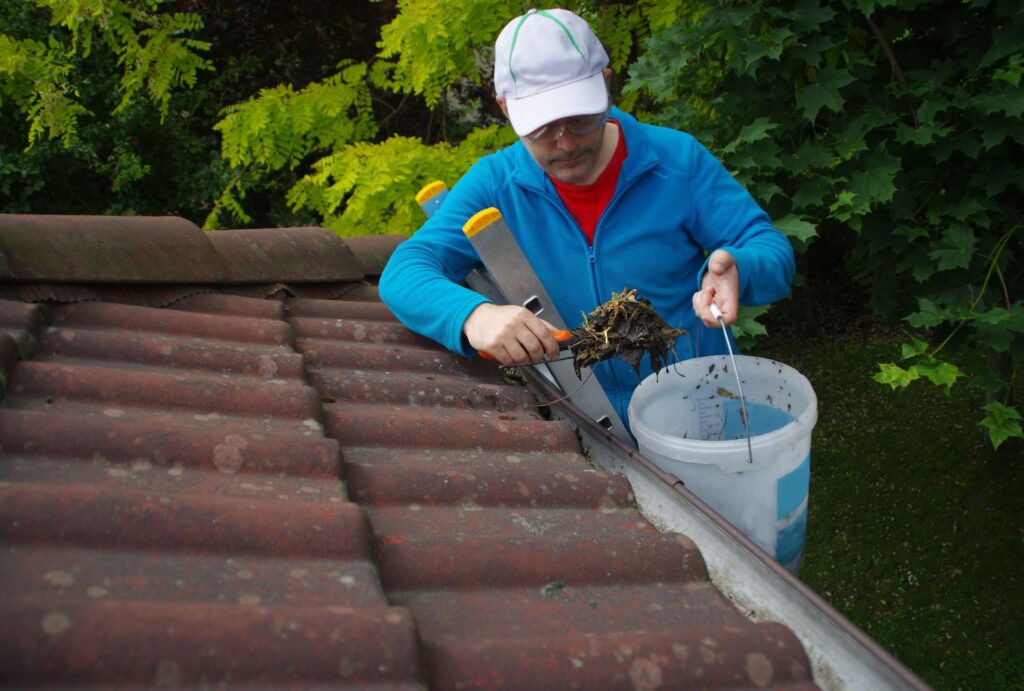
FAQs: About How To Clean Gutters NZ
Conclusion
Regular gutter cleaning is essential for maintaining the integrity of your home in New Zealand, where unpredictable weather and heavy rainfall can quickly lead to clogged gutters, water damage, and costly repairs. Neglecting this simple task can result in leaks, mould growth, and even structural issues, making routine maintenance a crucial part of homeownership. Whether you choose to tackle the job yourself or hire a professional, ensuring your gutters remain clear will protect your roof, walls, and foundation from unnecessary wear and tear. If you decide to clean your gutters on your own, always prioritize safety—use a sturdy ladder, wear protective gear, and avoid working in bad weather to minimize risks. If the job seems too dangerous or time-consuming, don’t hesitate to call in a professional to get the work done safely and efficiently. Taking proactive steps now will save you from bigger problems down the track. Have any tried-and-true gutter cleaning tips of your own? Share your experiences and advice in the comments below—we’d love to hear from you!
Find A Professional Roofing Company Near You!
- Auckland Roofing Company
- Cambridge Roofing NZ
- Central Otago Roofing Services
- Hamilton Roofing Services
- Hastings Roofing Company
- Hawkes Bay Roofing Company
- Kapiti Coast Roofing Services
- Lower Hutt Roofing Services
- Napier Roofing Company
- New Plymouth Roofing Company Taranaki
- North Shore Roofing Company
- Orewa Roofing Company
- Porirua Roofing Services
- Roof Painting Company Auckland
- Roof Repairs Manukau
- Roof Repairs Takanini
- Roofers Papakura
- Roofing Company Invercargill
- Roofing Contractors Northland
- Roofing Contractors South Auckland
- Roofing Contractors Whangarei
- Roofing Palmerston North
- Roofing Waikato
- Roofing Walkworth
- Roofing Wellington
- Te Awamutu Roofing
- Upper Hutt Roofing Services
- Warkworth Roofing Company
About the Author:
Mike Veail is a recognized digital marketing expert with over 6 years of experience in helping tradespeople and small businesses thrive online. A former quantity surveyor, Mike combines deep industry knowledge with hands-on expertise in SEO and Google Ads. His marketing strategies are tailored to the specific needs of the trades sector, helping businesses increase visibility and generate more leads through proven, ethical methods.
Mike has successfully partnered with numerous companies, establishing a track record of delivering measurable results. His work has been featured across various platforms that showcase his expertise in lead generation and online marketing for the trades sector.
Learn more about Mike's experience and services at https://theleadguy.online or follow him on social media:


